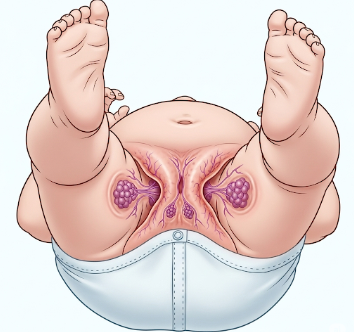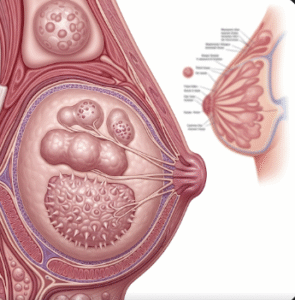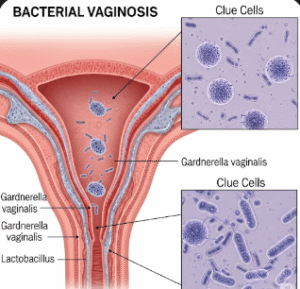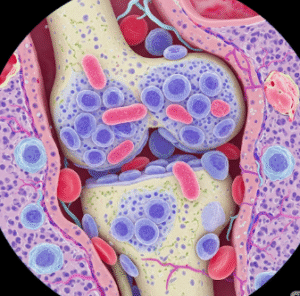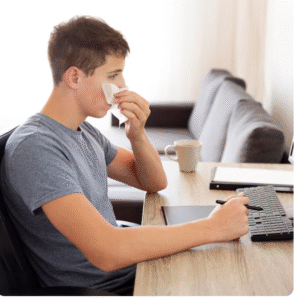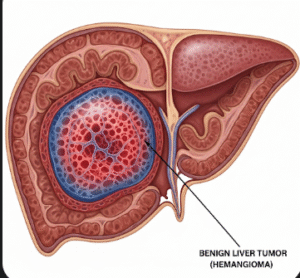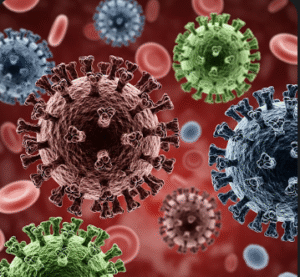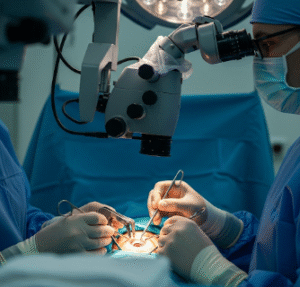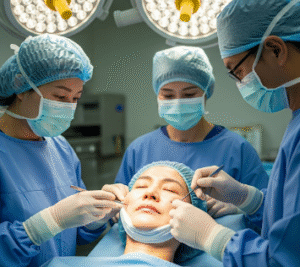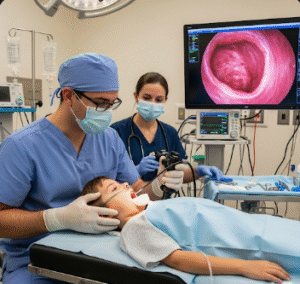Overview
Hemorrhoids in babies are swollen veins in the rectal or anal area, which can cause discomfort, pain, or minor bleeding. Although hemorrhoids are much more common in adults, infants can occasionally develop them, usually due to constipation, straining during bowel movements, or certain medical conditions.
In most cases, baby hemorrhoids are mild and temporary, resolving with proper care, dietary adjustments, or simple interventions. In South Korea, pediatric care centers provide specialized evaluation, non-invasive treatments, and parental guidance to manage and prevent recurrence effectively.
Key Facts
🟢 ➤ Hemorrhoids are swollen veins in the rectal or anal area, even in infants.
🟢 ➤ Causes include constipation, straining, diarrhea, or prolonged sitting.
🟢 ➤ Symptoms may include discomfort, bleeding during bowel movements, and visible swelling near the anus.
🟢 ➤ Most cases are mild and self-limiting, but medical evaluation is recommended if symptoms persist.
🟢 ➤ Treatment focuses on relieving constipation, reducing irritation, and improving hygiene.
🟢 ➤ Korea provides pediatric-friendly care, dietary guidance, and non-invasive treatments for infant hemorrhoids.
What are Hemorrhoids in Babies?
Hemorrhoids in babies are inflamed or swollen veins in or around the anal canal. These can be:
➤ Internal hemorrhoids – Occur inside the rectum and are usually painless but may bleed.
➤ External hemorrhoids – Occur under the skin around the anus and may cause pain, irritation, or a visible lump.
➤ Often temporary and may resolve on their own without invasive procedures.
Infant hemorrhoids are different from adult cases, as babies rarely have chronic factors such as pregnancy, aging, or long-term straining.
Symptoms Related to Hemorrhoids in Babies
🟢 ➤ Visible swelling or a small lump around the anus.
🟢 ➤ Redness, irritation, or mild discomfort during bowel movements.
🟢 ➤ Occasional bleeding, seen as streaks of blood in the diaper or stool.
🟢 ➤ Fussiness, crying, or discomfort during bowel movements.
🟢 ➤ Rarely, pain or tenderness that affects sleep or feeding.
Causes / Possible Causes
Hemorrhoids in babies often result from increased pressure on rectal veins due to:
Constipation and Straining
➤ Hard stools or difficulty passing stools increase pressure in rectal veins, leading to swelling.
Diarrhea
➤ Frequent watery stools can irritate the anal area, causing inflammation.
Prolonged Sitting or Lying
➤ Extended time on the diaper or certain positions may contribute to mild hemorrhoids.
Medical Conditions
➤ Rarely, underlying health issues like liver disease or blood clotting disorders may increase the risk.
When Should I See a Doctor?
Prompt pediatric evaluation is recommended if symptoms persist or worsen:
🟢 ➤ Persistent or worsening swelling around the anus.
🟢 ➤ Recurrent bleeding or blood in the stool.
🟢 ➤ Signs of infection, such as pus, fever, or severe redness.
🟢 ➤ Pain or discomfort affecting feeding, sleeping, or normal activity.
🟢 ➤ Suspected underlying conditions contributing to hemorrhoid development.
Care and Treatment
Most infant hemorrhoids can be managed with simple, non-invasive care:
Dietary Adjustments
➤ Ensure adequate hydration and, if appropriate, increase fiber intake (through formula or age-appropriate foods) to prevent constipation.
Gentle Cleaning
➤ Clean the anal area with warm water and soft cloths, avoiding harsh wipes or soaps that can irritate the skin.
Topical Treatments
➤ Pediatrician-recommended ointment or cream to reduce swelling and discomfort.
Monitoring
➤ Keep an eye on bleeding, swelling, or discomfort, noting any changes for the pediatrician.
Medical Intervention (Rare Cases)
➤ If conservative measures fail, Korean pediatric centers offer safe, minimally invasive procedures to address persistent hemorrhoids.
Highlights (Clean Green Arrow Version)
🟢 ➤ Swollen veins in or around the anus, even in babies.
🟢 ➤ Causes: constipation, straining, diarrhea, or prolonged sitting.
🟢 ➤ Symptoms: visible swelling, irritation, occasional bleeding, discomfort during bowel movements.
🟢 ➤ Most cases are mild and self-limiting.
🟢 ➤ Care includes hydration, fiber intake, gentle cleaning, and pediatric-approved topical treatments.
🟢 ➤ Advanced care in Korea provides pediatric evaluation, dietary guidance, and non-invasive procedures if needed.

